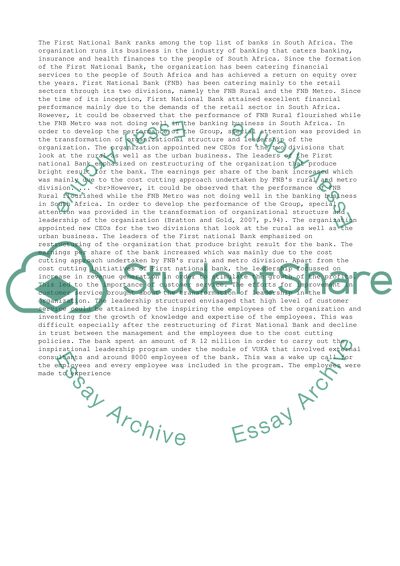Cite this document
(“Management people and organization (Case study: First National Bank) Essay”, n.d.)
Management people and organization (Case study: First National Bank) Essay. Retrieved from https://studentshare.org/management/1497293-management-people-and-organization-case-study-first-national-bank
Management people and organization (Case study: First National Bank) Essay. Retrieved from https://studentshare.org/management/1497293-management-people-and-organization-case-study-first-national-bank
(Management People and Organization (Case Study: First National Bank) Essay)
Management People and Organization (Case Study: First National Bank) Essay. https://studentshare.org/management/1497293-management-people-and-organization-case-study-first-national-bank.
Management People and Organization (Case Study: First National Bank) Essay. https://studentshare.org/management/1497293-management-people-and-organization-case-study-first-national-bank.
“Management People and Organization (Case Study: First National Bank) Essay”, n.d. https://studentshare.org/management/1497293-management-people-and-organization-case-study-first-national-bank.


